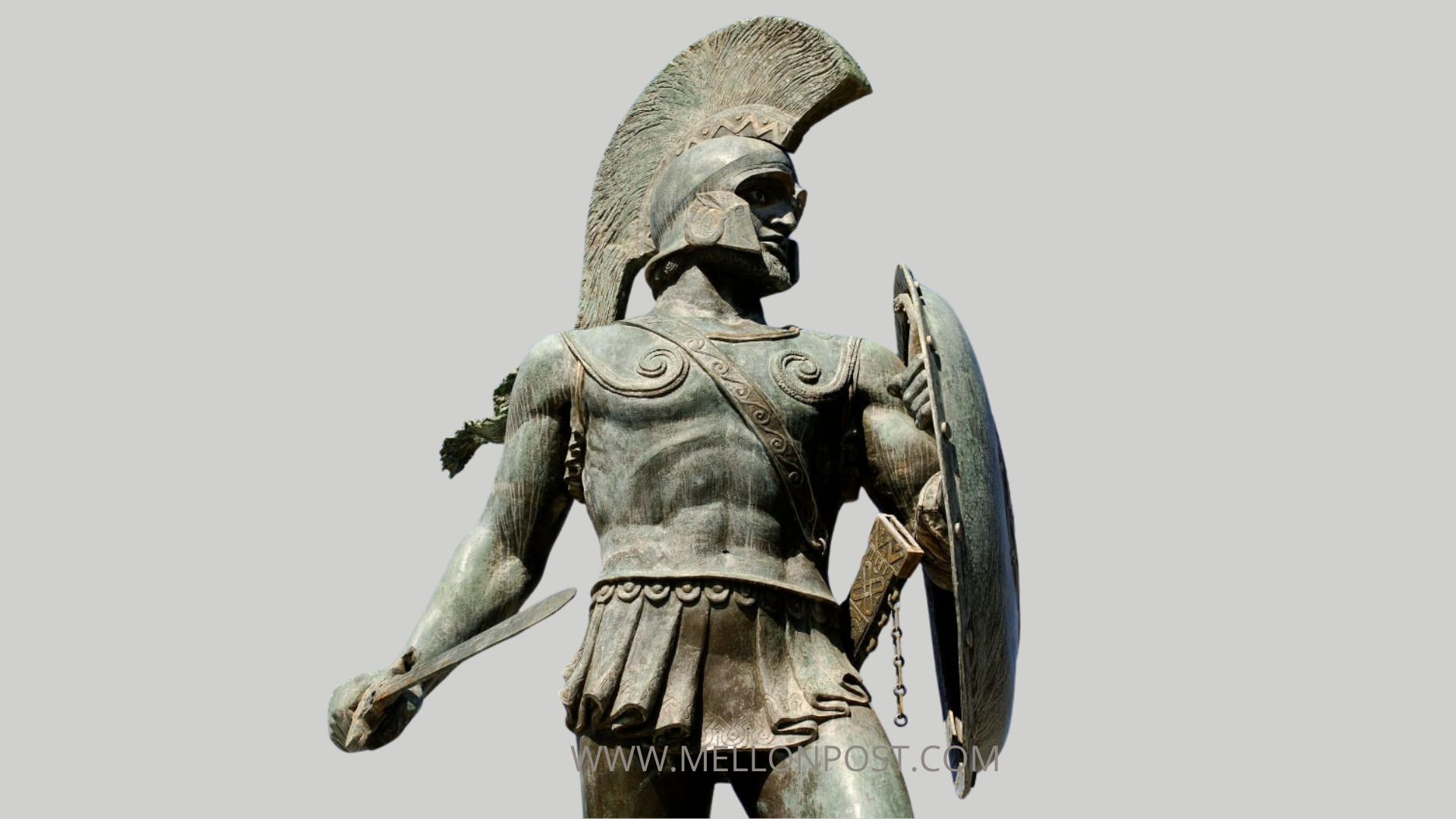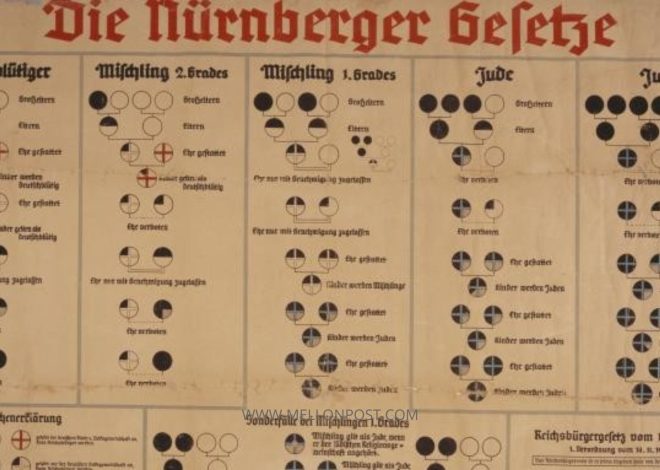
How Sparta built and maintained the biggest military power
Table of Contents
How Sparta was able to build and maintain the biggest military power in history,
The Rise of Sparta
Sparta, an ancient Greek city-state, rose to prominence in the 6th century BCE, becoming the dominant military power in the region. This was largely due to its unique social system and constitution, which were supposedly introduced by the semi-mythical legislator Lycurgus. His laws configured Spartan society to maximize military proficiency, focusing all social institutions on military training and physical development.
The Spartan population was stratified into four main classes: Spartiates (citizens with full rights), mothakes (free non-Spartiate people descended from Spartans), perioikoi (free non-Spartiates), and helots (state-owned enslaved non-Spartan locals).
Spartiate men underwent the rigorous agoge training regimen, which began at age seven and emphasized discipline, endurance, and combat skills. This system produced some of the best soldiers in ancient Greece, known as Spartan hoplites.
The Greco-Persian Wars
During the Greco-Persian Wars, Sparta’s military prowess was put to the test. In 480 BCE, a small force led by King Leonidas (about 300 Spartiates, 700 Thespians, and 400 Thebans) made a legendary last stand at the Battle of Thermopylae against the massive Persian army, led by Xerxes. Although the Spartans were ultimately defeated, their bravery and skill earned them immense respect and admiration.
One year later, Sparta assembled its full strength and led a Greek alliance against the Persians at the Battle of Plataea in 479 BCE. The superior weaponry, strategy, and bronze armor of the Greek hoplites and their phalanx fighting formation proved their worth, and the decisive Greek victory put an end to the Greco-Persian War along with Persian ambitions to expand into Europe. Credit for this victory was largely given to Sparta, who had been the de facto leader of the entire Greek expedition.
The Peloponnesian War
In the following decades, Sparta’s rivalry with Athens intensified, culminating in the Peloponnesian War (431-404 BCE). Sparta, leading the Peloponnesian League, emerged victorious after the Battle of Aegospotami, where it destroyed the Athenian navy. This victory secured Sparta’s unrivaled hegemony over southern Greece.
Decline and Fall
Sparta’s supremacy was short-lived, however. In 371 BCE, the decisive Battle of Leuctra against Thebes ended the Spartan hegemony, although the city-state maintained its political independence until its forced integration into the Achaean League in 192 BCE. Sparta’s continued agitation against Rome led to its capture in the 2nd century BCE, and in 396 CE, the city was pillaged and destroyed by the Visigoths.
Despite its eventual downfall, Sparta’s legacy as a military powerhouse endures. The Spartan hoplites, with their distinctive round shields and spears, are still recognized as among the best soldiers in ancient warfare. The city’s unique social system and constitution, which prioritized military training and discipline, contributed to its rise as a dominant force in the ancient Greek world.
Continue reading: Who was the first king of England ?

